Jun 3, 2025 11:25 AM
In Memoriam: Al Foster, 1943–2025
Al Foster, a drummer regarded for his fluency across the bebop, post-bop and funk/fusion lineages of jazz, died May 28…
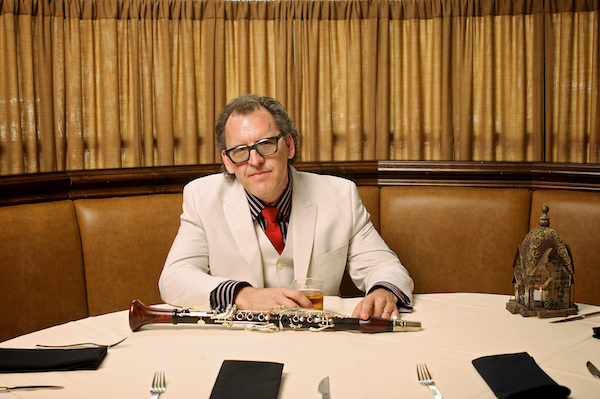
Chris Collins, president and artistic director of the Detroit Jazz Festival Foundation, attributes the ability to pull off the live event to the professionalism of Detroit’s tech crews, musicians and foundation staff.
(Photo: Courtesy The Detroit Jazz Festival)The Detroit Jazz Festival pulled off a first—a live jazz fest with no audience—during the Labor Day weekend.
Rather than canceling the 41st edition of the festival, or holding a virtual event where artists perform from their homes, DJF decided the pandemic called for something completely different. Festival organizers turned the Detroit Marriott at the Renaissance Center into a de facto television production studio for the weekend, complete with three full-sized sound stages and an anchor desk, and laid 2.8 miles of fiber optic cable to broadcast more than 40 hours of live music on TV, radio and social media, using 10 different broadcast platforms.
“I thought, ‘We’re not going to be a virtual festival,’” said Chris Collins, president and artistic director of the Detroit Jazz Festival Foundation. “We knew what people’s assumptions were about virtual performances at this point—Zoom stuff, the fabricated choir singing. They look like they’re all together, but they’re not. We weren’t going to do that. We want the sound to be great. We want the artist experience to be on a very high level, which I think we’ve achieved. When they arrive, there’s a feeling of specialness. It’s not you know, something like a backyard barbecue. This is a performance.”
Speaking from his suite the morning after the festival’s first night of performances, Collins already had been in meetings and interviews since 6 a.m., and said the entire team was on a mission for the weekend.
“Our crews and our techs, and the entire foundation team—everyone’s pivoted several times this year,” he said. “But the final pivot? Talk about an example of professional skill in the city of Detroit. These cats turned on a dime and created this unbelievably high-quality event that is unlike anything we’ve done in 41 years and very much unlike anything anyone’s done.”
The crew turned Detroit’s RenCen into a jazz bubble for the weekend. Everyone who entered the building had to get a temperature scan each day, sanitize their hands and wear a sticker that said they had been scanned. Every time anyone entered a sound stage, another temperature check, another splash of sanitizer. Masks, of course, were mandatory. Some artists even wore them onstage.
With performances staggered among three stages, crews had a full two hours to clean and disinfect each space before the next set. The same protocols were in place for practice rooms.
In the Marriott lobby, saxophonist James Carter was decked out in one of his trademark suits, seemingly lost for words behind his mask.
“This is a little different,” he said, chuckling.
It was an understatement of grand proportions. Usually, during the festival, the lobby is a hub of activity, as well as a focal point of this annual jazz-family reunion. This past weekend, it was all too quiet, though Carter, a Detroit native, and local drum legend Gayelynn McKinney did stop for a quick, cautious pandemic-era greeting.
Carter came in for the weekend to perform with his organ trio, as well as to deliver a guest spot with the Steve Turre Sextet. Asked how he was doing, the saxophonist replied, “Hangin’ in. This will be the first time the trio has played together in months. So, we’ll see how that goes. I’m just hoping to get some air through this horn.”
He wasn’t alone.
Artist after artist hit the stage with a smile and a shrug. But they also expressed a sincere appreciation for the effort that went into producing the event.
The music itself was miraculous. Jazz players have a way of adapting, changing on the fly. So do camera and stage crews. The combination made for an extremely satisfying mix of music, TV and radio.
Outside of the crews, the only audience was a few writers and photographers invited to witness the event; applause between songs was not allowed. Only after a set was done, and the cameras turned off, could people show their appreciation for performances.
There were national acts: Turre, Carter, bassist Robert Hurst (another Detroit native), pianist Joey Alexander and singer Renee Marie all delivered strong sets. Saxophone legend Pharoah Sanders was supposed to tour far and wide this year in honor of his 80th birthday. Due to the pandemic, Detroit was the only stop left on that schedule, and he made the most of it.
“He said to me, ‘I need to do this,’” Collins said about keeping Sanders on the bill. “He said, ‘I want to do it. I need to do this. Let’s figure this out.’ And so we did.”
That said, most of the lineup featured the immense wealth of Detroit’s local jazz scene.
The city has its own vibe, sound and power that is unlike New York, Chicago, New Orleans or anywhere else in the world. The weekend’s music proved a dedication to beat and swagger in performances by McKinney, the Rodney Whitaker Septet, the Sean Dobbins Trio, the Mike Jellick Sextet, the Rayse Biggs Collective and Dave McMurray & Black Light Collective. The Walter White Big Band surprised with an amazingly tight ensemble, playing strong arrangements of Dave Brubeck, Woody Herman and more. The festival’s opening jazz suite, called “Justice,” featured four groups of the city’s musicians each delivering a powerful movement on the theme of peace and social justice. And the Marcus Belgrave Legacy Ensemble, presented by singer Joan Belgrave (the late trumpeter’s wife), delivered a big-hearted performance in honor of one of Detroit’s most-beloved jazz figures.
As Collins said, the goal was to bring together the city’s jazz family and take it to the world through this broadcast. He said the entire Detroit Jazz Foundation felt it was a time to stand up and help the jazz community, as well as the live-events ecosystem in the city by producing the event.
Keyboardist Robert Glasper—a Houston native—served as the closing act of the festival, and showed through his performance with drummer Justin Tyson, bassist Burniss Earl Travis II and DJ Jahi Sundance that he understands the times we’re living in and the importance of the music to the Motor City.
Pulling in pieces like Radiohead’s “Packt Like Sardines In A Crushed Tin Box” and his own “No One Like You,” sampled nods to Erykah Badu singing “Afro Blue,” and reciting the names of Black men and boys killed in the streets like Eric Garner, Trayvon Martin and Michael Brown, the bandleader delivered a set that was immediate and, somehow, hopeful.
Glasper’s most-poignant tribute of the evening might not have been his music, but his T-shirt, which read “Imagine Black Culture Without Detroit.”
It can’t be done. DB
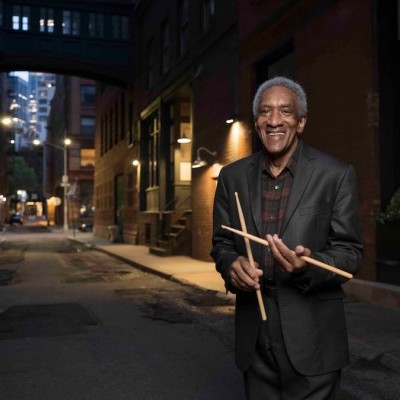
Foster was truly a drummer to the stars, including Miles Davis, Sonny Rollins and Joe Henderson.
Jun 3, 2025 11:25 AM
Al Foster, a drummer regarded for his fluency across the bebop, post-bop and funk/fusion lineages of jazz, died May 28…
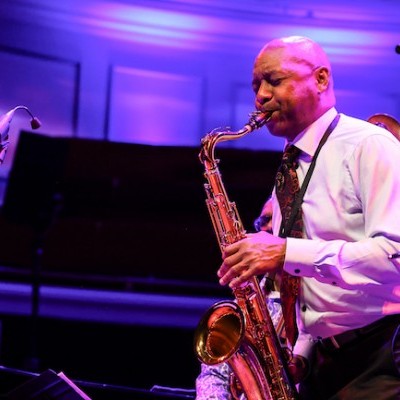
“Branford’s playing has steadily improved,” says younger brother Wynton Marsalis. “He’s just gotten more and more serious.”
May 20, 2025 11:58 AM
Branford Marsalis was on the road again. Coffee cup in hand, the saxophonist — sporting a gray hoodie and a look of…
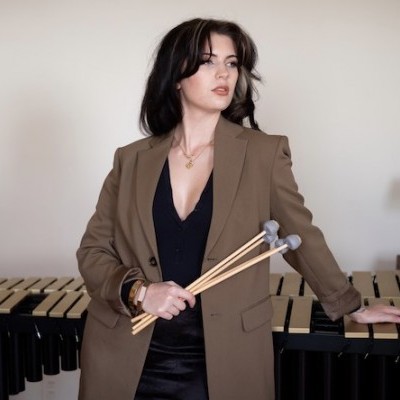
“What did I want more of when I was this age?” Sasha Berliner asks when she’s in her teaching mode.
May 13, 2025 12:39 PM
Part of the jazz vibraphone conversation since her late teens, Sasha Berliner has long come across as a fully formed…

Roscoe Mitchell will receive a Lifetime Achievement award at this year’s Vision Festival.
May 27, 2025 6:21 PM
Arts for Art has announced the full lineup for the 2025 Vision Festival, which will run June 2–7 at Roulette…
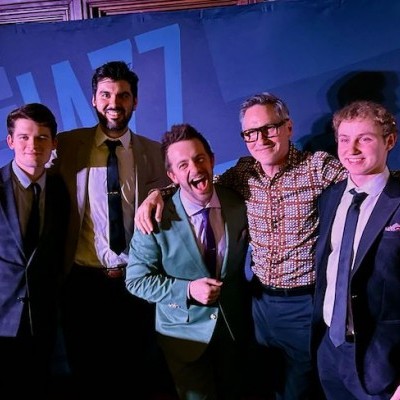
Benny Benack III and his quartet took the Midwest Jazz Collective’s route for a test run this spring.
Jun 3, 2025 10:31 AM
The time and labor required to tour is, for many musicians, daunting at best and prohibitive at worst. It’s hardly…